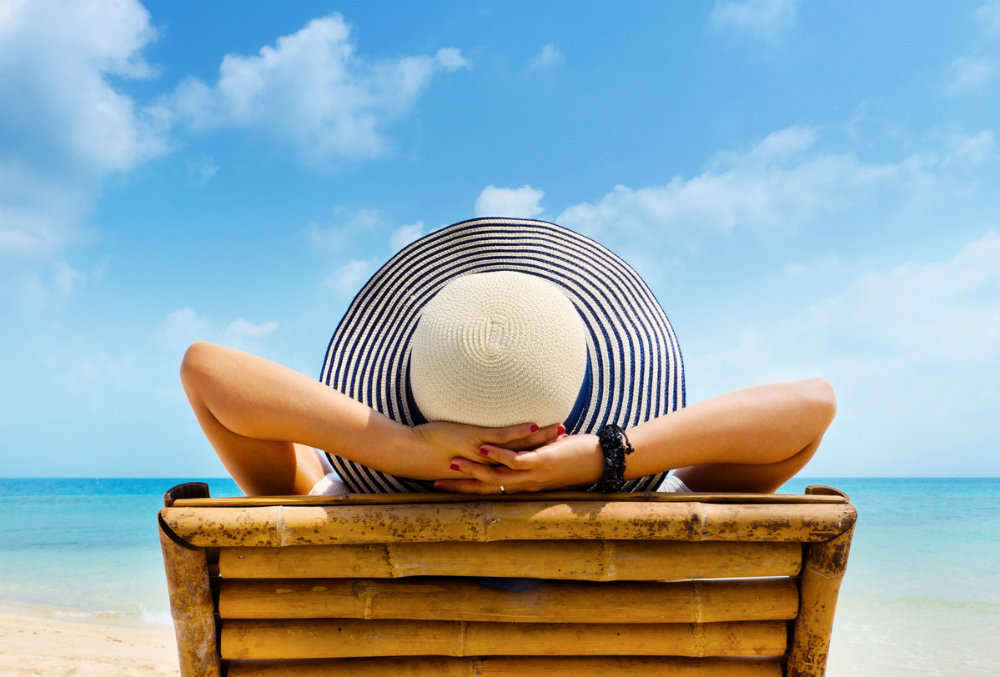
The kind of recreation each of us needs
Practice shows that people today have forgotten how to relax. To all this in recent years joined a number of other difficulties, which is literally draining emotionally. Loss of security and uncertainty about the future only increase fatigue, which in many people has already resulted in illness.
GP Sandra Dalton-Smith insists that people should give themselves the opportunity to rest. There are a number of types of rest that should be practised in daily life, in addition to quality healthy sleep.
Physical
Today, many people work in fields where they have to sit mostly. It would seem that a sedentary lifestyle precludes the occurrence of physical fatigue, only mental fatigue. But this is not the case, because even sitting in a chair for a long time, the body is tense. You have to hold your back, move your arms etc.
So you should periodically take breaks for warming up in the form of stretching, short walks. In this way, some parts of the body can rest while others are put to work. This also includes wearing comfortable clothing, adjusting the lighting and changing the scenery.
Mental
Brainstorming is useful because it allows you to solve problems and come up with unique ideas. Often, however, after a “boil”, it’s like a void in the mind. Zero focus, distracted by everything, impossible to focus on even the simplest process.
Alternating between maximum and minimum concentration can help combat mental overload. So after solving one difficult task, you should switch to a less productive activity. It is also possible to take breaks for walks in order to “clear your head”.

Emotional
This kind of overload is often experienced by those who work in stressful situations, spend a lot of time with people or give public speeches. To understand what specific emotions deprive you of strength, you can take a special test designed by Dalton-Smith or simply at the moment of emotional stress, write on paper what exactly is being felt now – anger, fear, fright, etc. along with a description of the situation.
Lists will allow you to identify “weaknesses” and begin to work with them. To rest from this kind of saturation, one can isolate oneself for a while, to be in silence, to shift one’s attention to what will allow one to experience other emotions at the moment.
Social
Social relaxation is about spending time with people with whom you can be yourself. So even if you spend most of your time in other people’s society, especially at work, you may “lose yourself”. He behaves in a certain way, he tries to be someone else, who fits into the environment. But he gets tired of it.
You can get your strength back by communicating with people with whom you don’t have to “put on a mask” and play a role. It is enough just to relax. For this kind of relaxation you should choose people with whom it is comfortable even just to be silent.
Sensory
Being in constant noise is not always as scary as it sounds. Everyone has a certain sound that irritates them. So someone freaks out over the sound of a siren, someone doesn’t like the noise in the underground, etc. It became particularly difficult for many people when they had to stay home for long periods in isolation with young children during the pandemic.
Providing sensory rest can be done in a simple way. One can simply go to a secluded spot in nature where one can hear the birds singing, the murmuring of water, etc. If this is not possible, it is sufficient to create a playlist with calm music. It is also a good idea to stay in complete silence from time to time.
